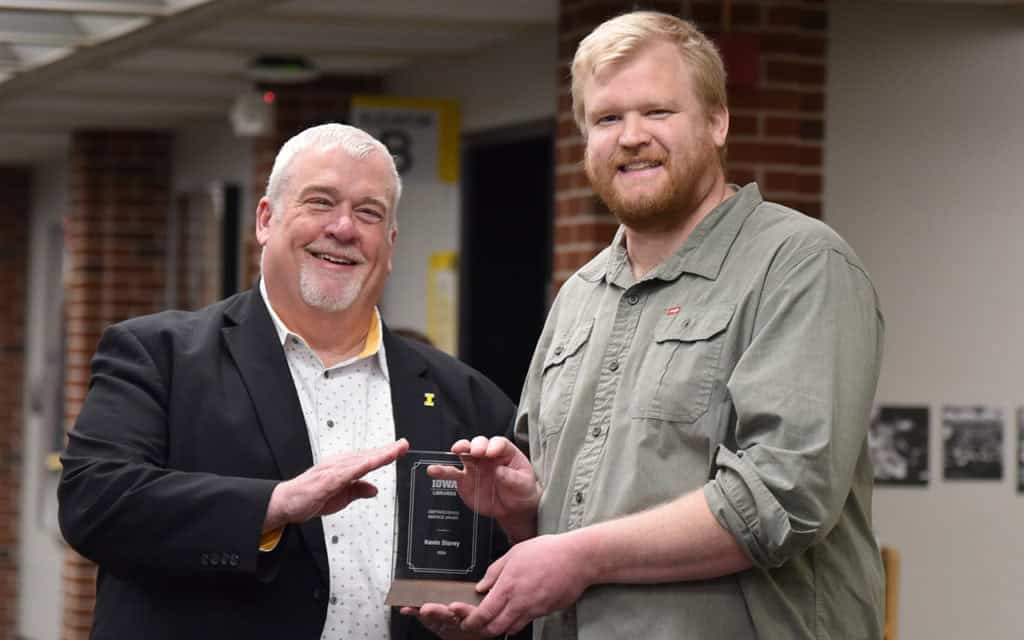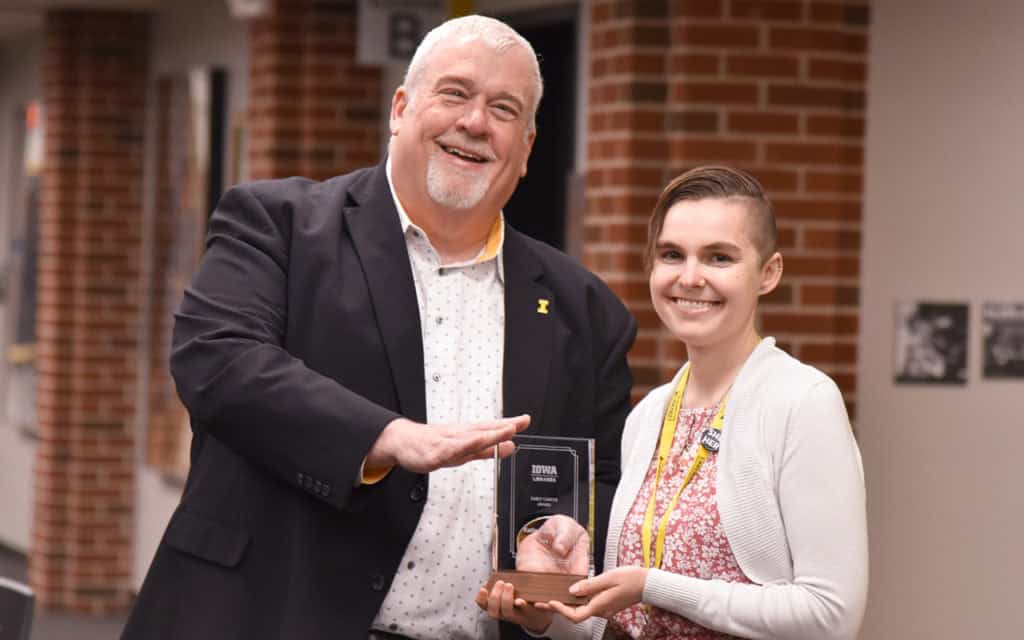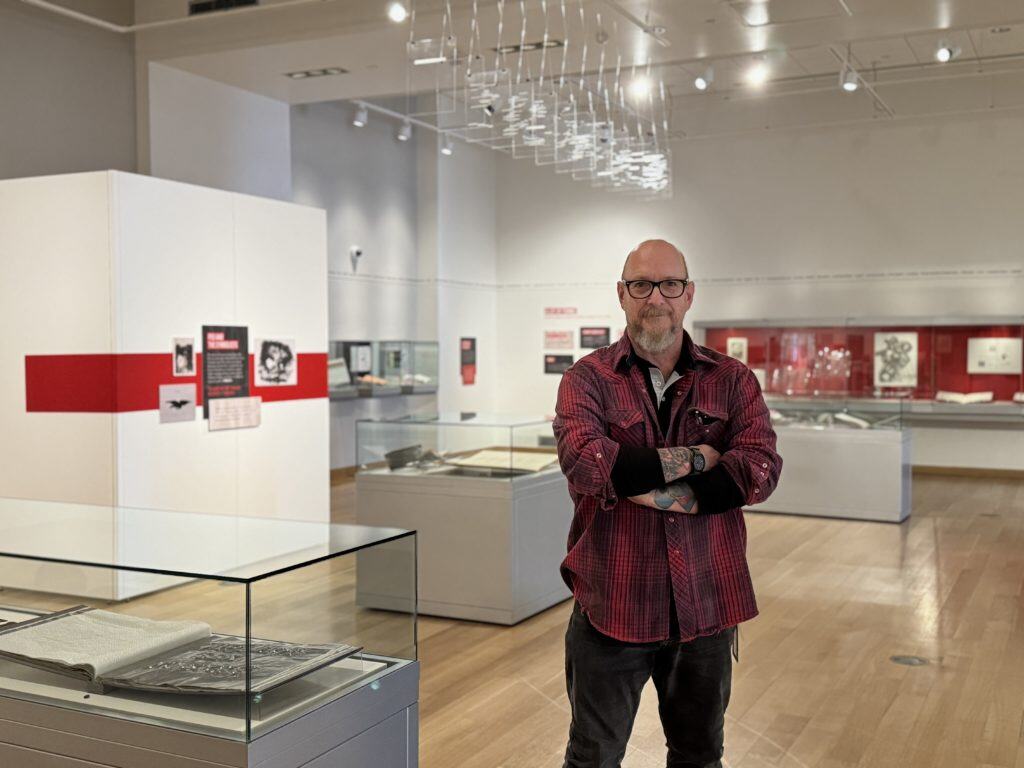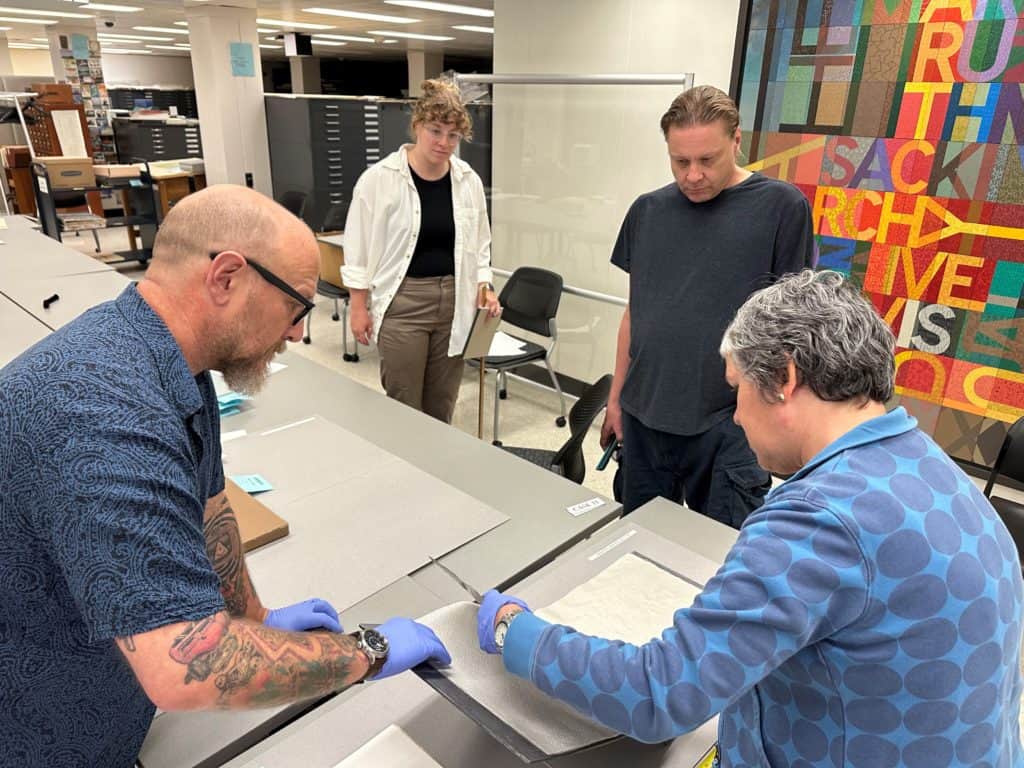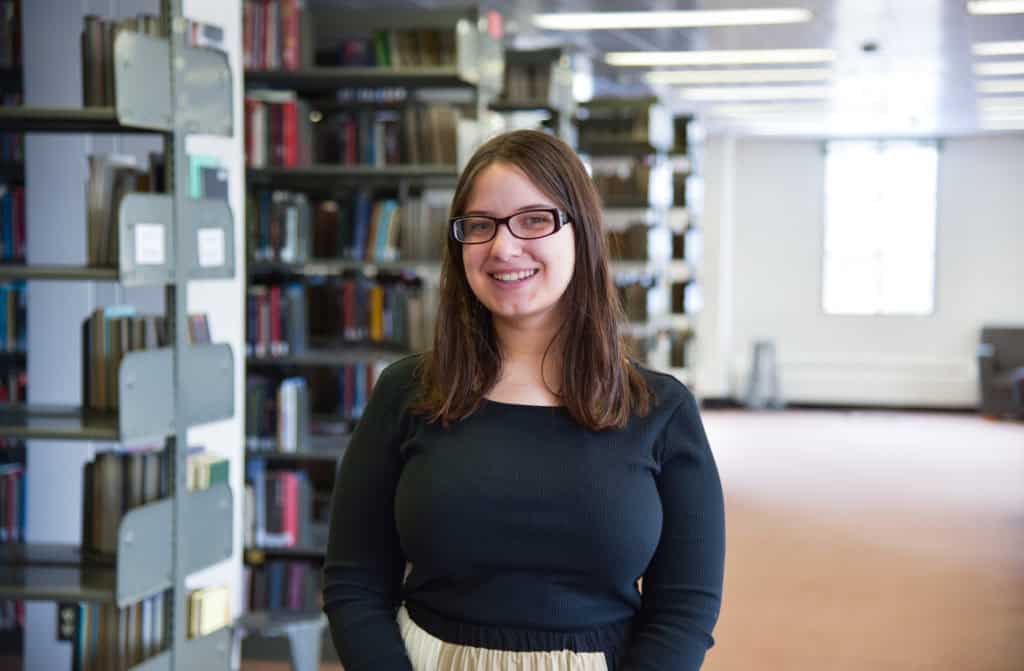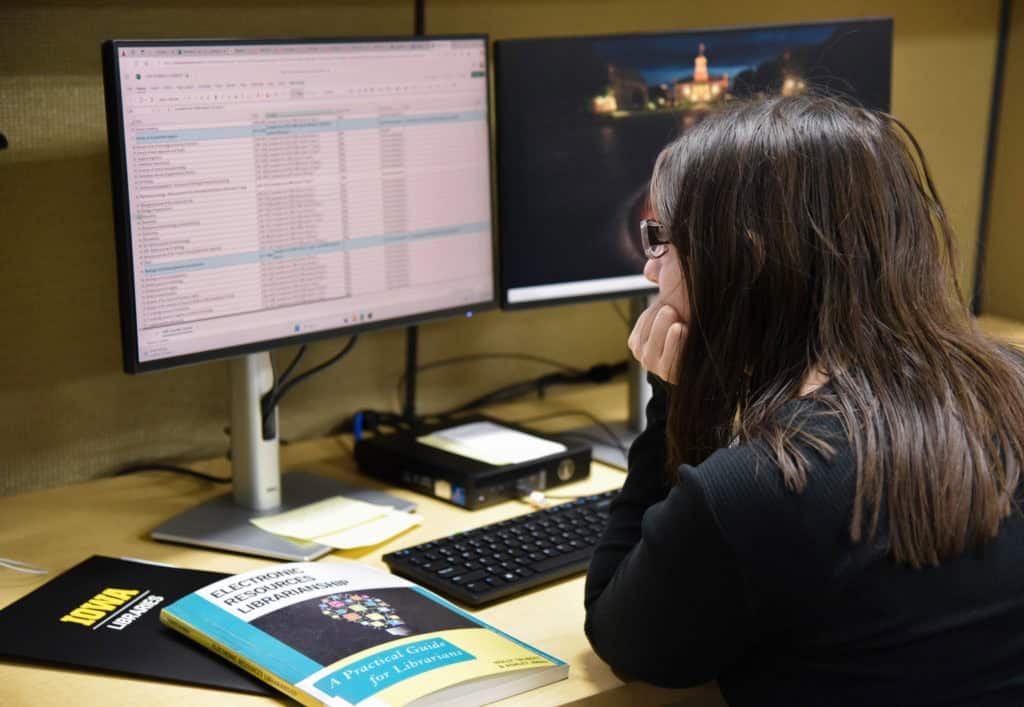The University of Iowa Libraries has funded 12 OpenHawks grant proposals, which will support faculty efforts to replace or avoid high-cost textbooks with Open Educational Resources (OER) for enhanced student success.
The projects, which are set to be completed in January 2027, will save UI students approximately $100,000 in the first year of use alone. These funded OER, which were selected through a competitive application process, will benefit students across a wide range of disciplines, including civil and environmental engineering, physics and astronomy, communications studies, and Asian and Slavic languages and literatures.
Visit the OpenHawks website for more information about the program and read more about each project below.
Bruce Ayati, mathematics
Ayati will convert his set of 35 interactive Jupyter notebooks into a freely available, accessible open textbook tailored specifically to his pedagogical approach and student audience. This OER aims to replace costly and outdated commercial textbooks, better serve non-specialist students, and modernize course instruction at the University of Iowa.
Andrew Crouse, law
Crouse will create a free, comprehensive educational resource to support first-year law students in mastering legal analysis through structured reasoning and legal writing. The resource aims to replace a commercial textbook, enhance student learning across law school, and increase access for underserved students, with development and assessment planned over two academic years.
David Cyzak, music
Cyzak will createa free, multimedia-rich resource that addresses both technical skill development and access barriers in oboe reed-making for students in Iowa and beyond. By replacing costly, outdated materials and engaging underserved rural and urban communities through school visits, feedback loops, and online content, the project seeks to enhance student learning, equity, and statewide educational impact.
Marlan Hansen, otolaryngology (head and neck surgery)
This project will develop open-source hardware for temporal bone holders to support simulated ear surgeries, making surgical training more accessible and affordable. Led by Marlan Hansen, professor and chair of the UI Department of Otolaryngology – Head and Neck Surgery, and supported by 3D design expert Michelle Higgins, a resident in the UI Department of Otolaryngology, the project aims to benefit underserved learners globally by providing low-cost, reproducible tools for otolaryngology education.
Elke Heckner, German
The project aims to enhance student learning by providing immersive, site-specific visual content tailored to course themes in memory studies, museum studies, and human rights. Heckner’s project will consist of custom video and photographic materials documenting Holocaust, Armenian genocide, and 9/11 memorials and museums, to replace expensive and fragmented commercial texts in three undergraduate courses.
Anna Kolesnikova, Asian and Slavic languages and literatures
This interactive, multimedia OER for Kolesnikova’s course, Russian Sports: Politics, Scandal, Glory (RUSS:2110), will include video lectures, podcasts, written materials, and interactive quizzes to enhance student engagement and accessibility. This OER will replace existing, unstructured course materials with a cohesive and pedagogically effective resource, benefiting both UI students and potentially underserved learners at other institutions.
Beatrice Mkenda, French and Italian
Mkenda has been awarded a grant to develop Beginning Swahili Grammar Explained, a set of audio-based open educational resources designed to clarify foundational Swahili grammar for beginner learners. By providing accessible, culturally relevant grammar instruction, the project aims to improve student engagement and success while reducing educational barriers for underserved and diverse learners.
Isaac Petersen, psychological and brain sciences
Petersen will create an open textbook for teaching statistics through the engaging lens of fantasy football. This resource will be freely available online, offering students an accessible, applied approach to learning statistics and predictive analytics, with a focus on real-world data, critical thinking, and R programming skills.
Jared Stiles, radiology
Stiles has been awarded funding to develop an OER titled Introduction to Radiation Safety & Radiobiology, which will replace an outdated commercial textbook and provide accessible, high-quality learning materials for students in medical imaging and radiation sciences. The new resource will enhance student comprehension, reduce educational costs, and promote equitable access to foundational knowledge critical for safe clinical practice in radiation-related healthcare fields.
Ciara Tapanes and Christine Shea, Spanish and Portuguese
Ciara Tapanes and Christine Shea will develop Sembrando Semillas, a free, online Spanish pronunciation supplement designed to support students in Elementary Spanish I at the University of Iowa. This OER will enhance student confidence and speaking skills through self-guided activities aligned with the existing OER textbook, with a particular focus on accessibility, equity, and representation for underserved student populations.
Sang-Seok Yoon and Joung-A Park, Asian and Slavic languages and literatures
Yoon and Park will develop an open textbook, Intermediate Korean 2, completing a series designed to enhance second-year Korean language education at the University of Iowa. Building on previous successes with OER resources, this project will reduce financial barriers for students, incorporate contemporary Korean cultural content, and foster greater accessibility and engagement in language learning, benefiting both the university and other institutions.
Dale Zimmerman, statistics and actuarial science
Zimmerman will develop Mathematical Basics for Mathematical Statistics, an OER designed to strengthen foundational math skills for statistics students. This OER will improve student success and retention by addressing key gaps in mathematical preparation and providing accessible, tailored support aligned with the demands of the department’s statistics, actuarial science, and data science programs.







